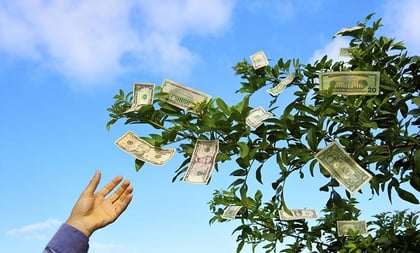As the Federal Reserve raises benchmarks, short-term Treasury rates have inched relentlessly higher, with the the S&P 500 Index dividend yield falling below the three-month bill yield for the first time since 2008. That has investors weighing a move out of riskier assets, such as dividend-paying stocks or short-term corporate bonds.
“RIP to the ‘it’s painful to sit in cash’ narrative,” David Schawel, chief investment officer at Family Management Corp., tweeted after the crossover.
There’s no doubt that higher borrowing costs can roil financial markets, and rising rates leave cash as a plausible alternative. With speculation growing that the Fed will announce three more hikes this year, the short end of the curve is likely to climb higher. The U.S. Treasury Department is also ramping up front-end issuance to fund tax cuts and surging expenditures, adding to pressure.
The emergence of cash as competition for risk assets is turning heads. DoubleLine Capital’s Jeffrey Gundlach noted the S&P 500 dividend yield’s waning allure in a tweet Tuesday afternoon.
As of Monday’s close, the S&P 500 had a dividend yield of 1.89 percent, almost one basis point lower than the yield on three-month bills. The two moved closer together Tuesday, even as the yield on three-month Treasury bills hit about 1.91 percent, the highest level since June 2008. Six- and 12-month securities are yielding 2.08 percent and 2.28 percent, respectively, also the highest in 10 years.
“Cash and short-duration was never on the table as a viable option,” Samantha Azzarello, global market strategist for exchange-traded funds at JPMorgan, said in an interview at Bloomberg’s New York headquarters. “Now it’s less of a no-brainer. Now I can actually stop and think, ‘Do I want short-duration with a yield of three? Or do I want risky assets at the end of the cycle?’ And it’s more of a fair thing to compare.”
While the focus has been on the 10-year Treasury yield as it crosses the 3 percent threshold, rising Tuesday to its highest level since 2011, some investors may take note of short-duration fixed-income as the yield curve flattens.









 May 15, 2018 at 03:33 PM
May 15, 2018 at 03:33 PM











